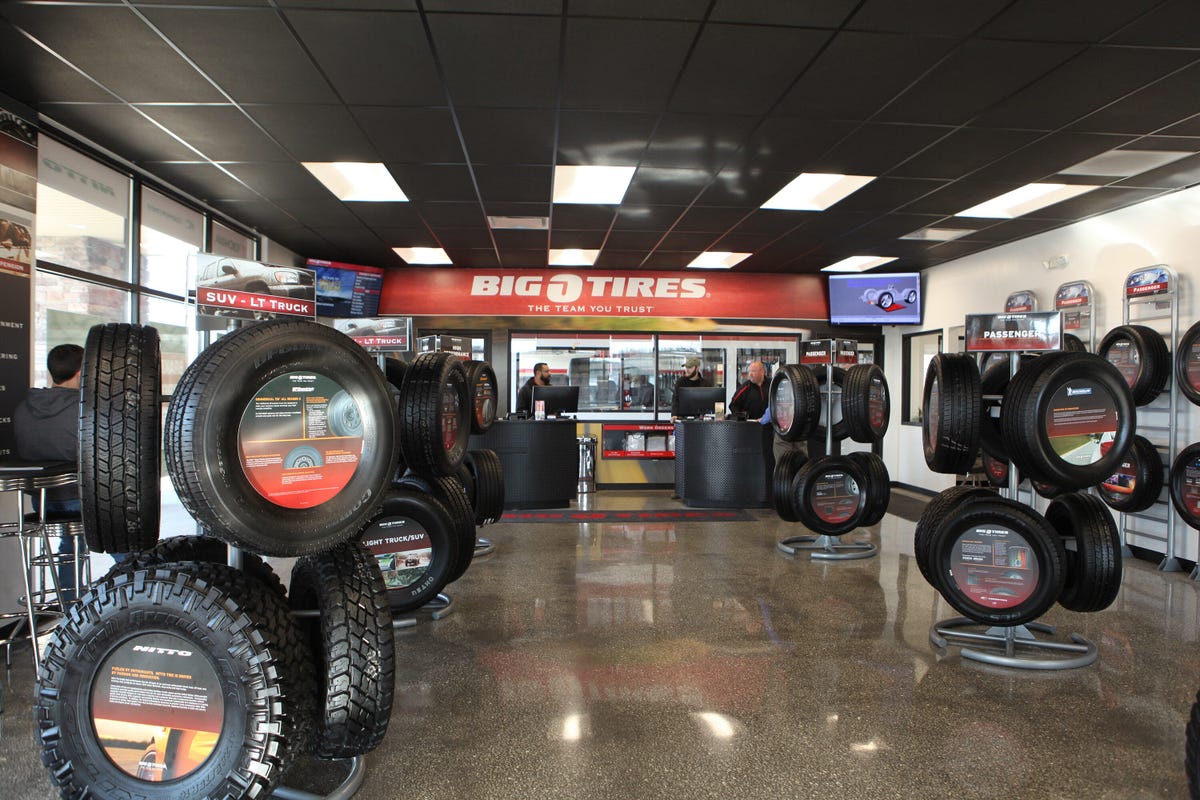High Quality Tire Shop Morris: Your Best Location for Tire Demands
Tire Solution: Understanding Tire Pressure Tracking Systems
Understanding Tire Pressure Tracking Solutions (TPMS) is a vital facet of maintaining optimal car efficiency and safety and security on the roadway. With innovations in automotive technology, TPMS has actually become a conventional function in modern cars, offering real-time information on tire stress degrees.

Importance of TPMS
The importance of Tire Pressure Monitoring Systems (TPMS) lies in their capability to enhance car safety and performance through real-time surveillance of tire stress levels. Keeping the right tire pressure is essential for guaranteeing optimum handling, braking, and total security of a car. TPMS provides vehicle drivers with instant feedback on any kind of overinflated or underinflated tires, permitting prompt modifications to be made.
Components of TPMS
Sensing units are usually located in the tire shutoff stem or affixed to the wheel setting up, where they determine tire pressure and send information to the control component. Some progressed TPMS designs also display the actual tire stress readings for each tire, supplying motorists with real-time details to guarantee ideal tire efficiency and safety and security. By monitoring tire stress continually, TPMS helps stop accidents, minimizes tire wear, and enhances gas performance, making it a vital component for automobile safety and efficiency. mopar tire service specials.
Kinds of TPMS

On the other hand, indirect TPMS depends on the automobile's wheel rate sensing units to monitor tire pressure. This system finds underinflation by contrasting the rotational rates of the wheels. Indirect TPMS is less costly than direct TPMS, as it utilizes existing sensors within the automobile.
While straight TPMS supplies extra accurate readings, indirect TPMS is simpler in style and normally calls for much less upkeep. Both systems have their constraints and benefits, and the choice between them frequently depends upon elements such as cost, car make, and individual choice. Comprehending the differences between these two sorts of TPMS can help vehicle owners make informed choices regarding tire maintenance and security.
TPMS Upkeep Tips
Reliable upkeep of TPMS is important for ensuring optimal efficiency and safety and security of your vehicle. Consistently checking the TPMS sensors for any type of damages or corrosion is crucial. Make sure that the sensing units are cost-free and clean from particles that could interfere with their functioning. Furthermore, it is a good idea to examine the sensor batteries regularly and change them as required to ensure exact analyses. Conduct regular look at the tire stress levels and contrast them with the TPMS analyses to guarantee they are regular. Alter the system adhering to the producer's standards if there are any disparities. Throughout tire rotation or replacement, make sure that the TPMS components are dealt with thoroughly to prevent any possible damages. Last but not least, if the TPMS advising light brightens on the control panel, attend to the problem without delay by inspecting the tire pressures and the total system for any kind of faults. By adhering to these maintenance ideas, you can lengthen the lifespan of your TPMS and enhance the safety of your driving experience.
Advantages of Proper Tire Pressure
Keeping correct tire stress, as highlighted in TPMS Maintenance Tips, is important for reaping the various benefits associated with optimal tire stress levels. Furthermore, correct tire pressure guarantees also tire wear, prolonging the lifespan of the tires and promoting more secure driving conditions. In final thought, the advantages of proper tire pressure go beyond simply tire long life; they encompass improved visit fuel performance, boosted safety, better automobile efficiency, and total driving convenience.
Conclusion
In final thought, recognizing tire pressure monitoring systems (TPMS) is vital for maintaining optimal tire pressure and making sure lorry safety. By recognizing the significance of TPMS, knowing with its components, understanding the various kinds readily available, adhering to correct upkeep tips, and recognizing the advantages of maintaining appropriate tire stress, chauffeurs can Going Here boost their driving experience and lengthen the lifespan of their tires. Proper tire pressure is essential to risk-free and efficient lorry procedure.
